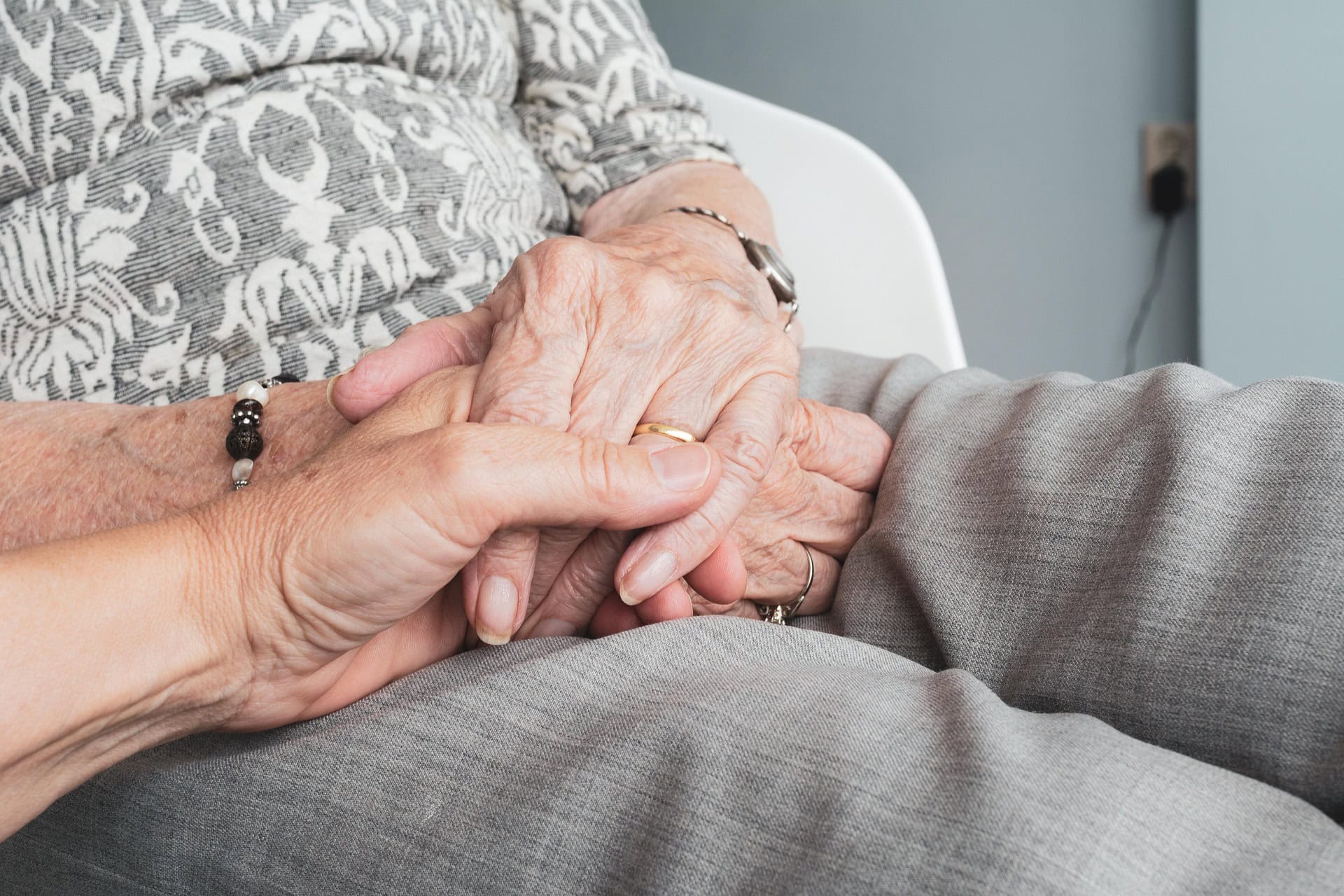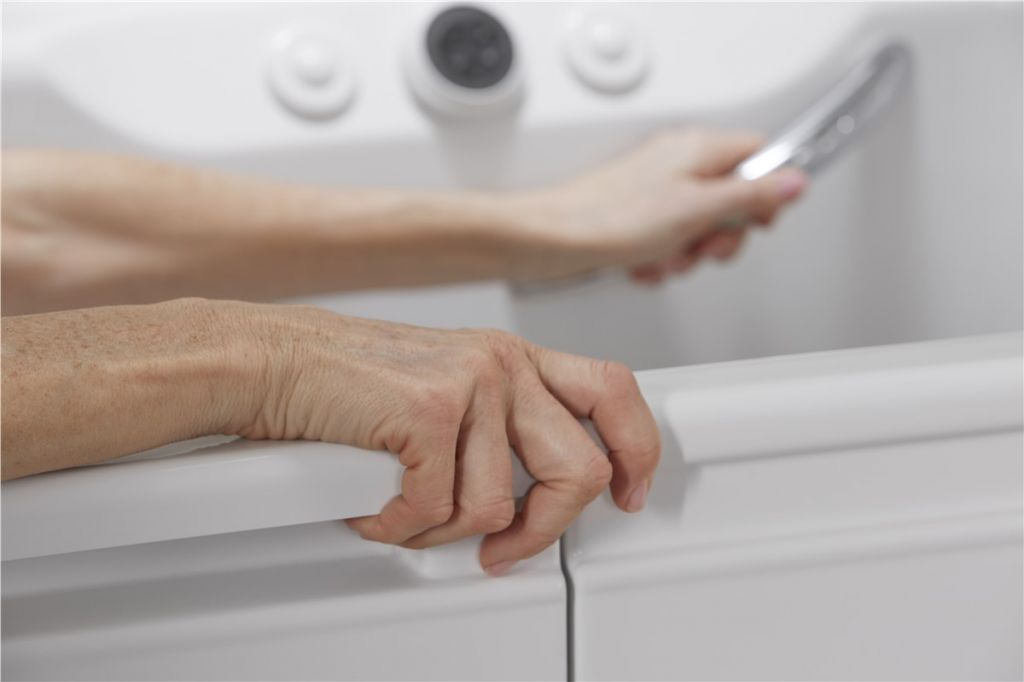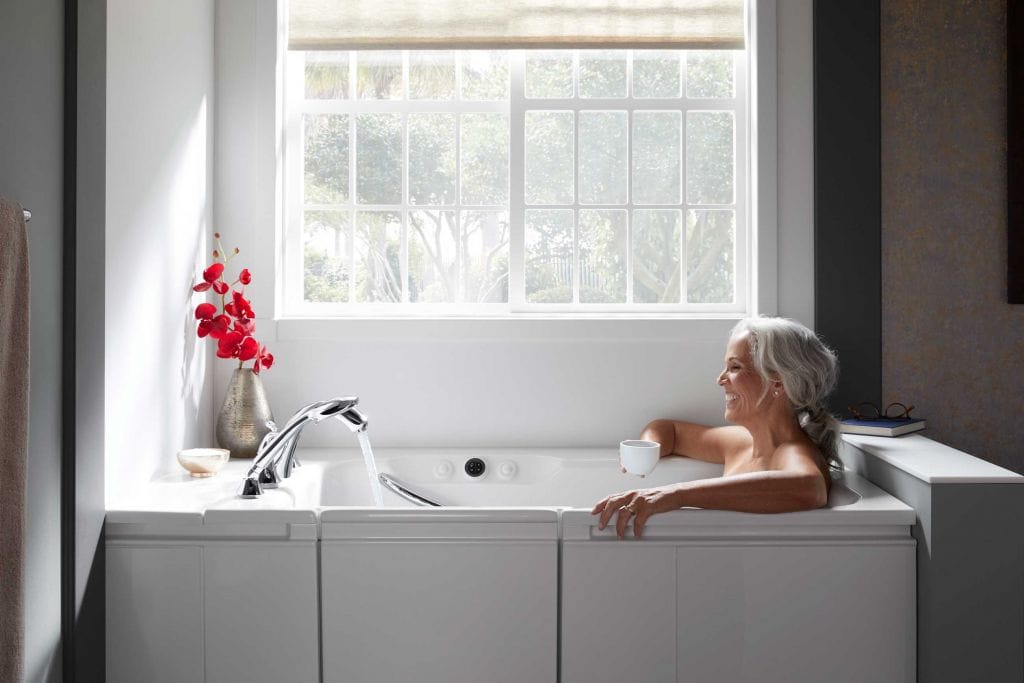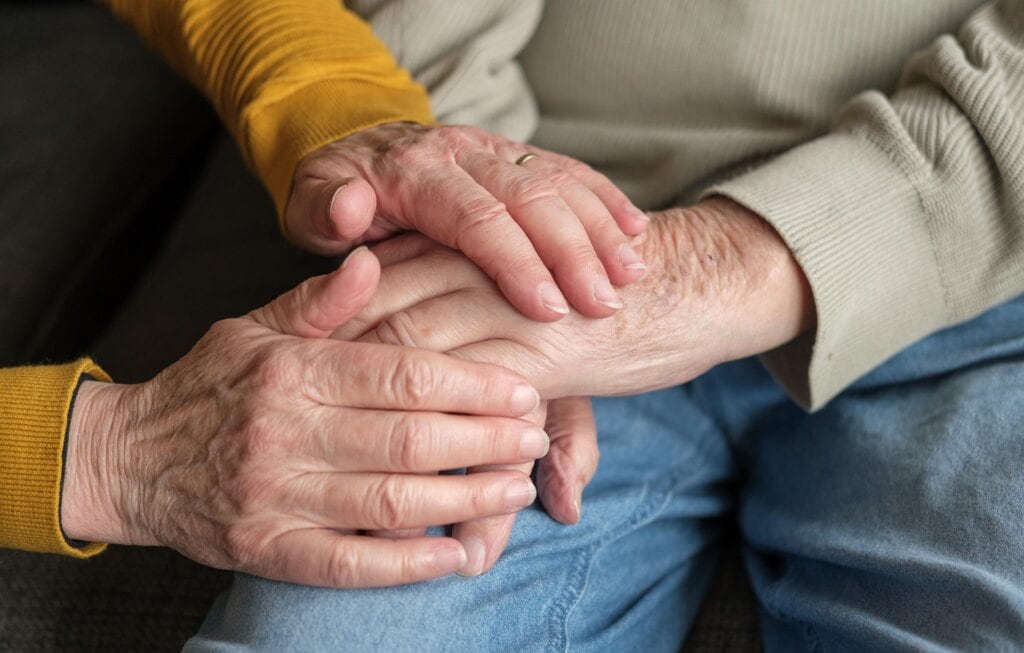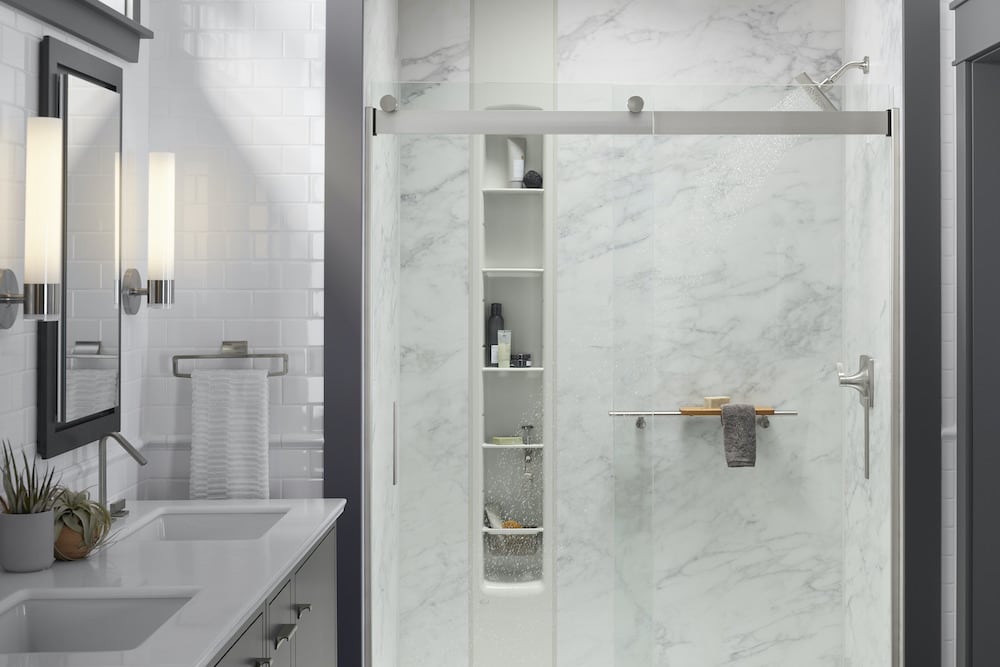Caring for someone with Alzheimer’s often brings unique challenges, and bathing is one of the most sensitive and complex tasks. As the condition progresses, cognitive decline, mobility issues, and changing emotional responses can make hygiene routines increasingly difficult. Fear of water, discomfort with undressing, or confusion around bathroom routines are common obstacles caregivers face.
Bathing involves multiple steps, from preparing the environment to managing water temperature, and these can easily become overwhelming for someone with Alzheimer’s.
Common difficulties include:
- Anxiety or fear of water, slipping, or unfamiliar surroundings
- Resistance to bathing due to discomfort, confusion, or lack of awareness
- Trouble balancing or moving safely, making standard tubs and showers risky
- Sensitivity to water temperature or tactile sensations
Approaching these situations with patience and flexibility is essential. Simplifying routines, creating a calming environment, and using adaptive equipment can make the process safer and more comfortable while helping preserve dignity and independence.
Creating a Safer Bathing Environment
The right environment can ease stress for both the caregiver and the person receiving care. Addressing accessibility and comfort is especially important when tackling Alzheimer’s and bathing challenges.
Consider the following updates to reduce risk and create a more user-friendly space:
- Install grab bars in and around the bathing area. These provide extra support for stability and ease of movement.
- Use non-slip flooring or mats to reduce the risk of falls.
- Incorporate a shower chair or bench to allow for seated bathing and reduce physical strain.
- Lower lighting contrasts and eliminates shadows, which can confuse individuals with visual-spatial difficulties.
- Simplify the layout with minimal clutter and clear access to all fixtures. You can explore Renuity’s insights on effective handicap bathroom layout for inspiration.
KOHLER walk-in baths and LuxStone showers are also excellent long-term solutions for accessibility and safety. Walk-in tubs feature low thresholds, built-in seating, and easy-access doors, making them ideal for those with limited mobility or memory-related fears. For a sleek, barrier-free showering experience, KOHLER LuxStone systems offer integrated shelving, modern finishes, and durable, easy-to-clean surfaces.
Reducing Caregiver Burden with Better Equipment
The bathing process can be physically demanding. Lifting, steadying, and managing all the moving parts of bath time increases the risk of caregiver injury. That’s why having the right accessories is crucial.
Shower and bathtub safety accessories for seniors—such as handheld showerheads, anti-scald faucets, and grab bars—can help caregivers maintain control while also empowering the individual receiving care.
For step-by-step strategies on minimizing physical strain while supporting your loved one, check out Renuity’s article on how to get out of a bathtub safely.
Practical Hygiene Tips for Everyday Care
Maintaining cleanliness is a daily task, but it doesn’t always require a full bath or shower. Consider alternative methods for days when bathing is too overwhelming:
- Use no-rinse cleansers and bathing wipes to freshen up without water.
- Try bed baths for individuals with mobility issues or severe anxiety around bathing.
- Encourage sponge bathing at the sink as an interim solution.
- Wash hair with no-rinse shampoo caps for quick and mess-free cleaning.
These small adjustments can preserve dignity and reduce stress while keeping hygiene standards high.
The Emotional Component of Personal Hygiene
Hygiene isn’t just about staying clean—it’s also about self-image and comfort. Alzheimer’s and personal hygiene are deeply connected, not just physically, but emotionally. Helping your loved one stay clean also helps them feel more like themselves.
Use these tips to make hygiene a more positive experience:
- Respect privacy and modesty—allow them to do as much as they can on their own.
- Create a spa-like environment—play calming music or use pleasant-smelling soaps.
- Use familiar routines to reduce confusion. Stick to the same sequence and time of day.
Over time, you’ll find what works and what doesn’t. Be gentle with yourself, and remember: perfection is not the goal. Comfort and safety are.
When to Ask for Help
Even the most dedicated caregivers need backup. Don’t hesitate to reach out to home care agencies, respite programs, or your loved one’s medical provider when the demands of care become too great.
Also, consider consulting with professionals for home modifications. The team at Renuity can guide you through selecting and installing a bathroom system that supports both your needs and those of your loved one.
Conclusion
Caring for someone with Alzheimer’s is an ongoing journey, and bathing is one of the most challenging parts of daily care. From managing bathing routines to addressing common bathroom-related difficulties, caregivers often face situations that require patience, adaptation, and compassion.
With the right environment, tools, and mindset, bathing can become safer, less stressful, and more comfortable for everyone involved. Simple adjustments like adding safety accessories or redesigning the space for accessibility can make these routines more manageable and help preserve dignity and independence.
Ready to explore more? View our service areas and see how Renuity can support you with accessible solutions tailored to the unique needs of Alzheimer’s care. Explore Renuity’s service areas and start creating a safer, more comfortable home today.
